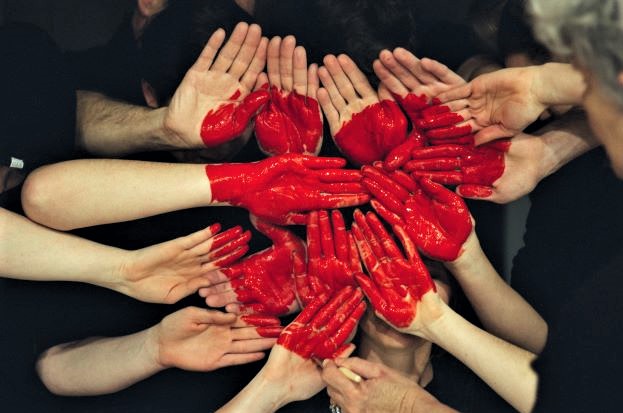
Like everything that I show you, the form of the Mishkan and the form of all of its vessels. And so shall you do.[1]
Three tana’im weigh in on the single pasuk in the Torah that best serves to describe the totality of what it stands for.[2]
Ben Zoma opts for “Shema Yisrael.” Declaring Hashem’s Oneness is certainly a good summary statement of the Torah. Ben Naness objects. “Love your fellow as yourself,” is even more inclusive. Shimon ben Pazi says, I can do better than both of those choices. “The one lamb you shall perform in the morning…”[3] R. Ploni stood up, and proclaimed, “The halacha is according to ben Pazi. To prove his point, he cited our pasuk!
What is the midrash trying to tell us? Here is an approach:
The Shema speaks to us with multiple messages. First, of course, is Hashem’s very existence. It also teaches about the nature of that existence, by declaring His Oneness. When that sinks into our awareness, we realize that He is the source of everything important to us. Nothing exists outside of Him; He is responsible for absolutely all things. And we must serve Him, and Him alone, through fulfilling His commandments.
But the Shema doesn’t just speak to us. It instructs us to speak to everyone else! We proclaim its message not only to ourselves, but to all Israel. When we appreciate more of what He is, we become animated and enthused. We cannot help but share this incredible understanding with all other Jews.
This is why, according to Ben Zoma, the Shema is a good summary statement of all the mitzvos of the Torah. We are not only to observe all the mitzvos, but to inspire all others to do so as well.
Ben Naness argues that the Shema doesn’t quite make it to the finish line. While it teaches us to ignite the hearts of others, it only does so in regard to guiding them to their goal in olam habo. Ve-ahavtah l’rei’acha kamocha, however, goes one step further. It tells us that we should be as concerned with our fellow’s well-being as much as our own. When we address our own needs, we include those of this world, as well as the next. If we love the next person as we do ourselves, we will be concerned with all their needs, material and spiritual. The Shema doesn’t do that. Ve-ahavtah l’rei’acha kamocha moves the dial more inclusively.
Shimon ben Pazi says that neither of the pesukim accurately expresses the full reach of the Torah. The mitzvah of the korban tamid does! Why? Because it introduces yet another dimension. Thousands of people performing their individual mitzvah is not as satisfying to Hashem, as it were, as those thousand acting in concert and performing a mitzvah together. A thousand people davening separately is not the same as a thousand davening together. The same applies to learning Torah. A thousand tzedakah givers are not as pleasing to Hashem as a thousand people cooperating to see a tzedakah project become a reality. Each person has his own portion in that endeavor, in addition to the merit of moving others to participate.
We see this in the command to bring the korban tamid. It begins, “This is the fire-offering that you are to offer.” The word “you” is in its plural form. In the next line, “The one lamb you shall perform in the morning,” the word “you” becomes singular. The tamid is a korban for the entire people. Everyone has a share in it. The standard, daily fare of Hashem’s altar is an offering that is by nature a collective endeavor. This is what He appreciates most.
R. Ploni looks to our pasuk as a proof-text. “And so shall you do.” We would have expected to see, “So you shall do.” What is “and” doing there?
The Bnei Yisrael at the time had become fantastically wealthy through the plunder at the Reed Sea. A single benefactor could have underwritten the entire mishkan project. But that is not what Hashem wanted. He wished to see the community get together and build it cooperatively. That is the best way to do a mitzvah. He then adds on to the instruction, “And so shall you do,” i.e. you shall do this regarding the tamid, and you shall do the same in all your mitzvah performance!
Bottom line: We are in this together. Not just in the worst of times, but in the best of times. Hashem wants to see our togetherness suffuse our performance of all of our avodah.


